
|
|
|
|
|
Jack the Lizard is on YouTube |
Parrots |
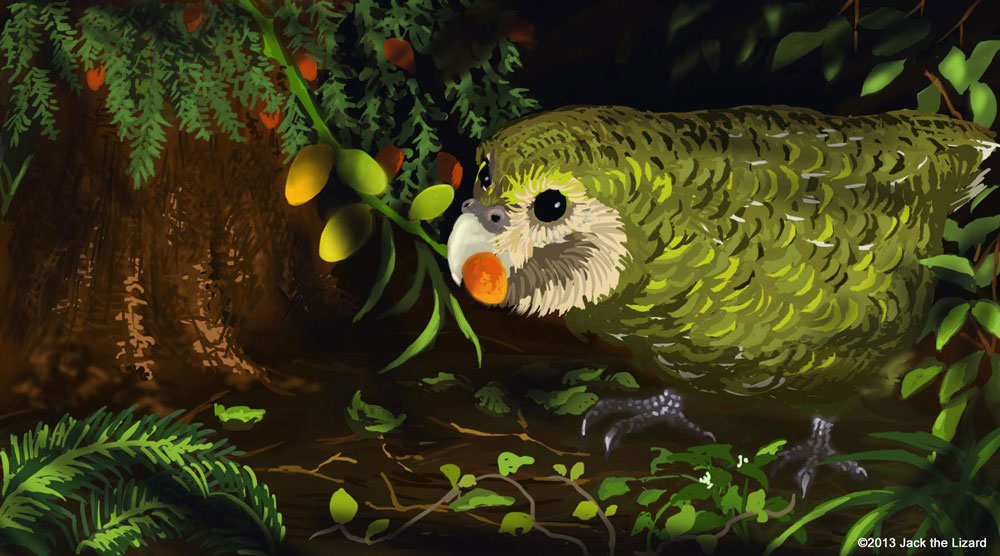
The species of parrots including cockatoos live in tropical and subtropical forest of Australia, Oceania, Southeast Asia, Central America, South America and Africa. Most of parrots eat seeds. Presumably as a result of evolution they developed large powerful bills to open hard shell of seeds. Some of them consume nectar and pollen while the others prey on animals such as snails, insects and small birds. Since parrots are not long distance flier, most of them are endemic in particular places. That makes them vulnerable to habitat destruction. Parrots are very popular in zoo and as pets because of their ability of mimicking. Worldwide traffic of parrots is huge. Most of them are died during the transportation. Poaching and logging are attributed to decline of their population. The Kakapo is one of the rarest parrots in the world. They are non-flying birds and endemic to New Zealand. Only about 120 of them are remaining in the wild. *The each species number is based on the surveys conducted from 2008 to 2012. |
Bats |
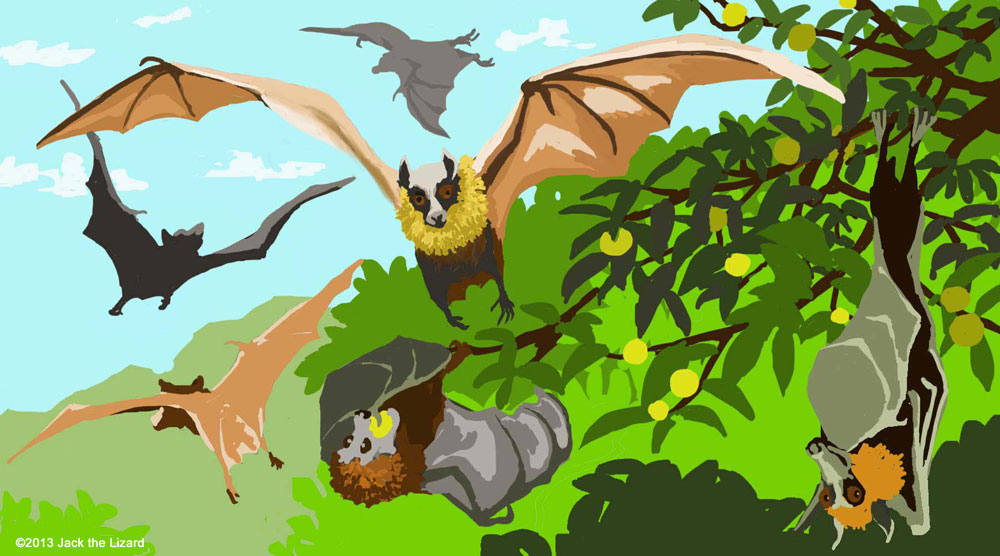
Bats are losing their habitats to agriculture, whereas bats are beneficial for farming by eating enormous amount of insects and pests of crops. Insecticide also kills them. About 1200 species of bats are found worldwide. They make up 20 % of all mammal species and are the only mammal able to fly. (Flying squirrel can only glide) Around 300 of them are threatened. Most species of them bear only one offspring each year, so the population growth rate is low. Places to roost and forage are essential for bats to survive. Bats roost to rest during the day and hibernate. Roosting places are hollows, crevices, foliage, and caves. Some also construct the roost with leaves. Most of bat species are insectivores, while others feed on fruits, vertebrates such as small birds, frogs, and other bats. Only few of them consume blood of mammals and birds. Some bats also sip the nectar of flowers. These bats are contributed to pollinate. Fruit eating bats disperse the seeds thus increase diversity of forests. |
Primates |
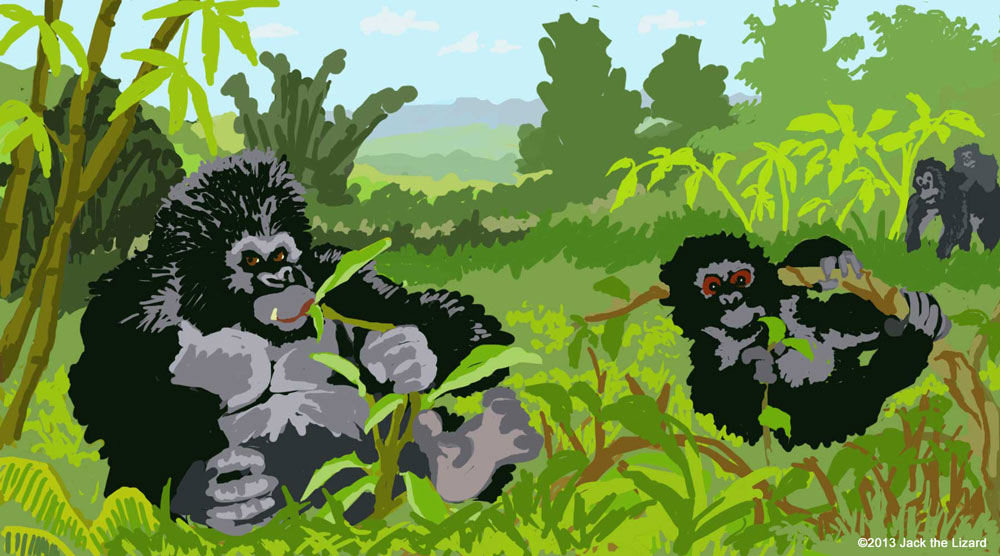
The distinguish feature of the mountain gorilla is thick and long fur which protects from cold weather in high mountains. Main diet of the mountain gorilla is plants. They eat leaves, shoots and stems. They also consume fruits and insects. The threats of the mountain gorilla are poachers, loss of habitats, diseases, and social unrest in the countries in which their habitats exist. There are 234 species of primates in the world. Great Apes such as chimpanzees, bonobo(pygmy chimp), Gorillas and Orang-utans are all endangered in the wild. Mountain gorillas are the most vulnerable; only 880 of them are left in the forests of mountains in central Africa. Lemurs in Madagascar are also in crisis because of decimating forest and hunting. |
Rhinoceroses |
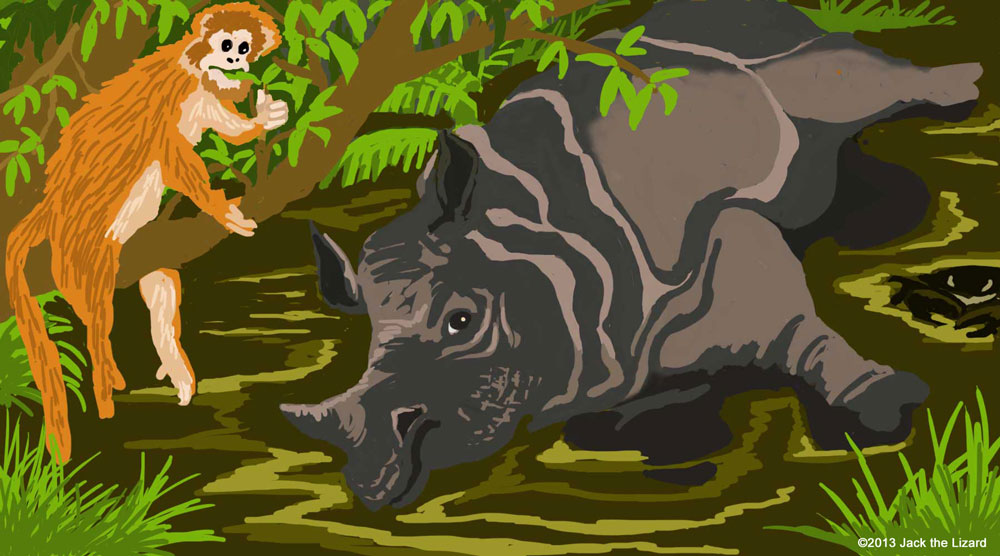
Javan Rhinoceroses are closely related species to Indian rhinoceroses. Both species have only one horn and skin in folds, but Javan rhinoceroses are smaller about 6.6ft to 13ft (2 to 4m) in length. Mud is important for all rhinoceroses to wallow. Wallowing protects skin from parasites and diseases. Mud can also cool down their body temperature. Rhinos also lick the salt to obtain essential nutrients which are not found in their usual food such as shoot, twigs, nuts and fruits. There are 5 species of rhinoceroses in the world and only white rhinocerosl are not endangered. Rarest of them are Javan rhinoceros, fewer than 40 of them are left in the wild. Sadly the Javan rhino in Vietnam is officially extinct in 2011. They are only found in Indonesia now. Sumatran rhinoceros are also under threats, about 375 of them are remaining in the wild of Indonesia. Poachers target for horns of rhinoceros which is the ingredient of Chinese traditional medicine. Black rhinoceros in Africa and Indian rhinoceros are still under pressure of poaching. |
Cats |
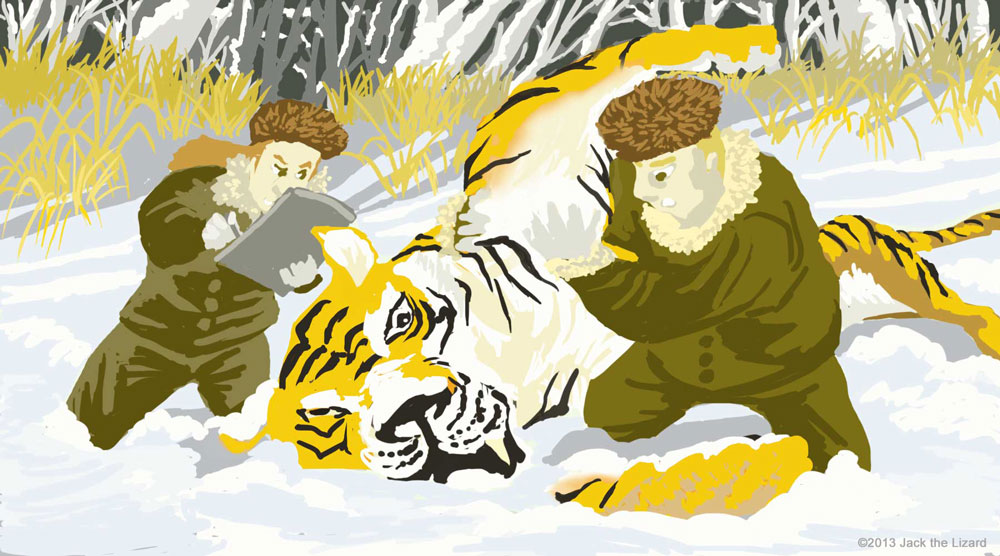
Most of Big Cats are under threats. Particularly Asian big cats are in critical situation, including snow leopards, Amur leopards and Siberian tigers. Hunting and habitat loss are the main reason of their population decline. Amur leopards are in critical stage of their survival, only about 30 of them are remaining in the wild and approximately 200 are in captivities. Snow leopards are about 6000 in the wild and Siberian tigers are about 370 in the wild. The population of Bengal tigers is also rapidly declining because of poachers and habitat loss. Less than 2500 of them are survived in the wild. * The each species number is based on the surveys conducted from 2008 to 2012. |




